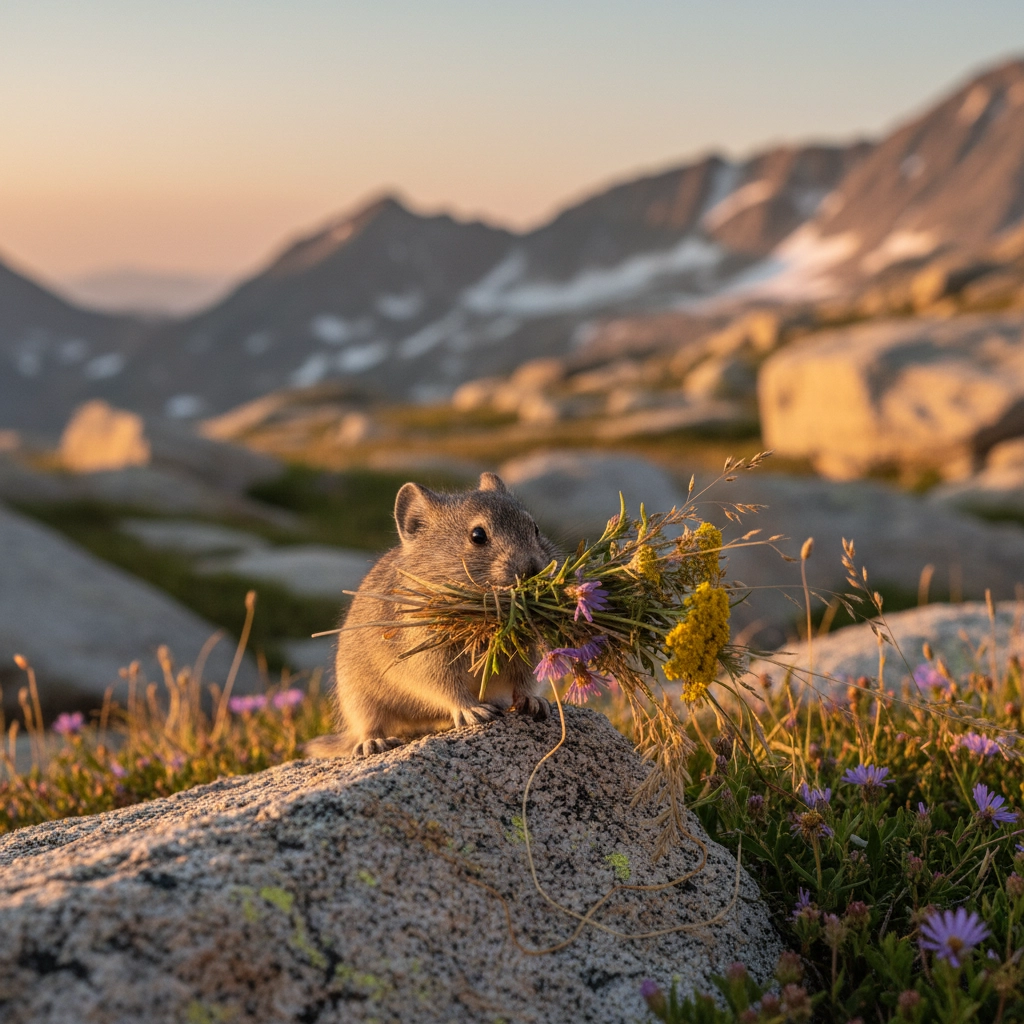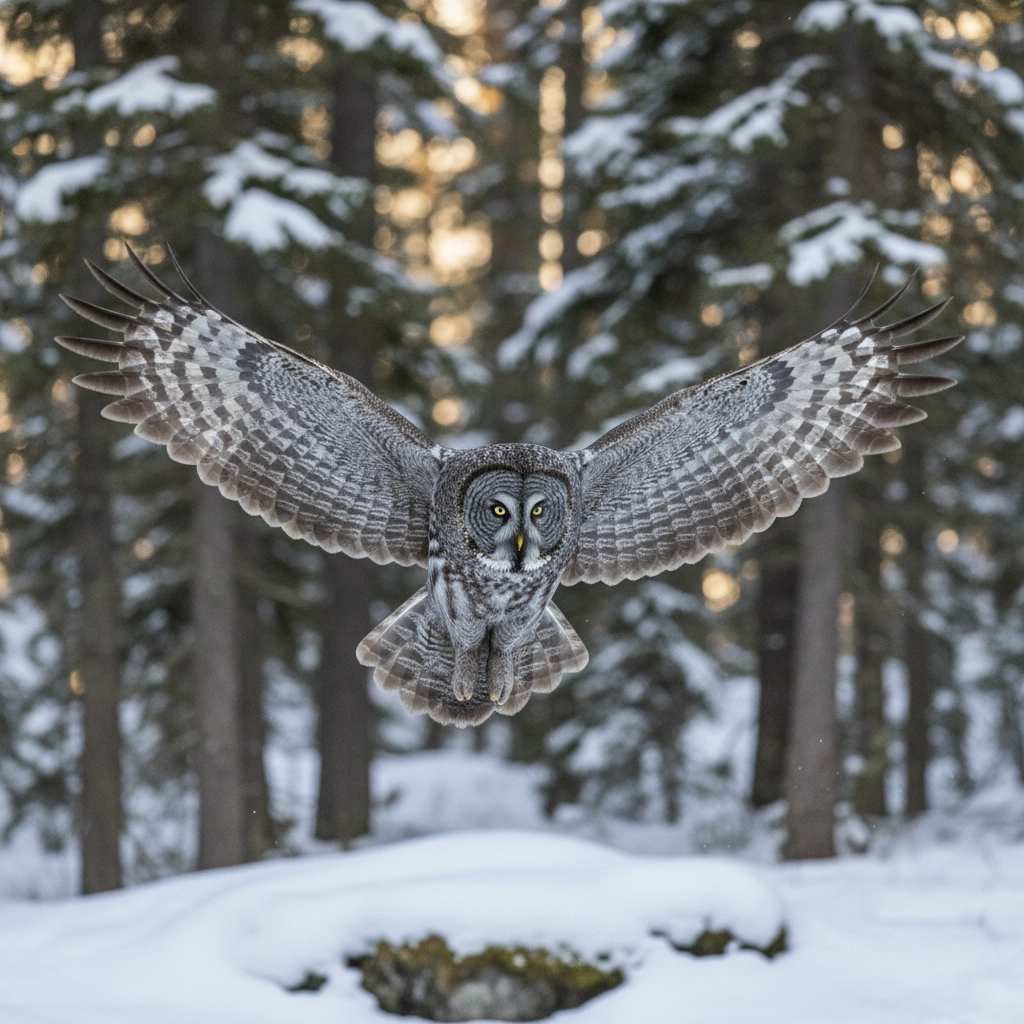Yellowstone Wildlife Beyond Bison & Wolves: Surprising Species and the Science They Teach
- Caleb Mullenix
- Oct 21
- 6 min read
Updated: Oct 23
Ensuring your students gain maximum educational value from their Yellowstone expedition requires preparation that extends far beyond the park's most famous megafauna. While bison and wolves capture immediate attention, Yellowstone's 67 mammal species, nearly 300 bird species, and diverse array of amphibians, reptiles, and insects create unparalleled opportunities for authentic scientific observation and curriculum integration.
Preparing your students to recognize and understand these lesser-known species transforms a standard wildlife viewing experience into a comprehensive ecological education. These "hidden" animals serve as living laboratories for teaching climate science, evolutionary biology, ecosystem dynamics, and environmental monitoring: concepts that directly align with Next Generation Science Standards and Advanced Placement curricula.
Climate Change Indicators: Teaching Environmental Science Through Small Mammals
Begin your pre-trip preparation by introducing students to pikas, small lagomorphs that function as sentinel species for climate change research. These diminutive mammals, easily identified by their round ears and lack of visible tails, demonstrate immediate connections between animal behavior and environmental conditions.
Instruct students to observe pikas carrying vegetation bundles to their rocky burrows: a behavior called "haying" that provides direct evidence of seasonal adaptation strategies. Their extreme sensitivity to temperature changes makes them invaluable for teaching climate monitoring techniques. When students spot pikas at higher elevations during their Yellowstone visit, emphasize how scientists use their presence or absence to track warming trends in alpine ecosystems.

Amphibians serve equally important roles as environmental indicators due to their permeable skin and complex life cycles. Prepare students to identify boreal chorus frogs and Columbia spotted frogs in Yellowstone's wetlands. Discuss how amphibian population health reflects water quality, temperature stability, and habitat integrity: concepts that bridge biology and environmental chemistry curricula.
Create observation sheets that prompt students to record amphibian locations, weather conditions, and water characteristics. This data collection reinforces scientific methodology while demonstrating real-world applications of biomonitoring techniques used by professional researchers.
Ecosystem Engineers: Understanding Habitat Modification
Ensure students understand the profound impact of beaver activity on Yellowstone's landscape structure. These industrious rodents function as ecosystem engineers, creating wetland habitats that support dozens of other species through their dam-building behaviors.
Advise students to look for beaver-modified areas along streams and rivers, particularly where aspen and willow trees show characteristic cone-shaped gnawing patterns. Explain how wolf reintroduction indirectly increased beaver populations by controlling elk that previously overgrazed riparian vegetation: a perfect example of trophic cascades that reinforces predator-prey relationship concepts.
Document beaver engineering sites with your students by photographing dam structures, measuring pond dimensions, and cataloging associated wildlife. This hands-on data collection demonstrates how single species can reshape entire ecosystems, providing concrete examples for discussing keystone species concepts.
Foundation Species: The Critical Role of Small Mammals
Direct student attention to Yellowstone's diverse rodent populations, which form the foundation of the park's predator-prey networks. Montane voles, pocket gophers, and yellow-bellied marmots may appear insignificant, but they support the entire carnivore community through their abundance and accessibility as prey species.
Teach students to identify marmot burrows in rocky areas and listen for their distinctive warning whistles. Explain how these social behaviors evolved as predator detection systems, connecting animal behavior studies to evolutionary biology concepts. Pocket gophers provide excellent examples of adaptation to subterranean lifestyles, with their powerful claws, reduced eyes, and specialized teeth demonstrating form-follows-function principles.

Create field activities where students map small mammal sign: tracks, scat, burrows, and feeding evidence. This detective work reinforces observation skills while teaching ecological concepts about energy transfer and population dynamics within food webs.
Evolutionary Marvels: Living History Lessons
Prepare students to appreciate pronghorn as living representatives of North America's prehistoric fauna. These remarkable animals evolved over millions of years alongside now-extinct predators like American cheetahs, explaining their extraordinary speed capabilities that seem excessive for current predator pressure.
Instruct students to time pronghorn movements when possible, connecting their observations to discussions about evolutionary pressure and adaptation over geological time scales. Their unique horn structure: neither true horns nor antlers but keratin sheaths over bony cores: provides perfect examples for comparative anatomy discussions.
Emphasize how pronghorn represent evolutionary persistence and adaptation, making them ideal subjects for teaching concepts about deep time, extinction, and survival strategies. Students who observe these ancient speedsters gain direct connections to paleontology and evolutionary biology.
Aerial Predators: Understanding Ecological Relationships
Direct students to identify Yellowstone's 19 breeding raptor species, including golden eagles, osprey, and the magnificent great gray owl. These aerial predators demonstrate critical concepts about trophic levels, bioaccumulation, and population control mechanisms.
Teach students to recognize osprey nesting behaviors near water bodies, timing their visits during May and June when breeding activity peaks. Explain how osprey exclusively hunt fish, making them excellent indicators of aquatic ecosystem health and fish population stability.
Great gray owls provide exceptional opportunities for discussing predator adaptations. Their asymmetrical ear openings enable precise sound location, while their silent flight demonstrates morphological adaptations for hunting success. Students who encounter these impressive birds gain firsthand appreciation for evolutionary solutions to survival challenges.

Overlooked Ungulates: Diversity Beyond the Obvious
Ensure students recognize bighorn sheep, moose, and white-tailed deer as components of Yellowstone's seven native ungulate species. Each demonstrates different habitat preferences and ecological strategies that reinforce concepts about niche partitioning and resource competition.
Bighorn sheep inhabit rocky terrain that provides escape routes from predators, demonstrating habitat-behavior relationships. Their impressive horns and social hierarchies offer opportunities for discussing sexual selection and social structure evolution.
Moose concentrate in riparian zones where they browse aquatic vegetation, showing students how large herbivores shape plant communities through selective feeding. Their seasonal movements demonstrate migration concepts and habitat connectivity requirements.
Advise students that white-tailed deer sightings are rare within Yellowstone, making each encounter valuable for understanding range boundaries and habitat limitations. This scarcity teaches important lessons about species distribution and ecological carrying capacity.
Nocturnal Specialists: The Hidden Bat Community
Prepare students for potential evening observations of Yellowstone's 13 bat species: the park's only flying mammals. These nocturnal insectivores demonstrate specialized adaptations for aerial navigation and prey capture while providing crucial ecosystem services through insect control.
Discuss echolocation principles before your trip, enabling students to appreciate the sophisticated biosonar systems that allow bats to navigate and hunt in complete darkness. If opportunities arise for evening observations, students can witness remarkable demonstrations of evolutionary engineering in action.
Bat populations also serve as early warning systems for environmental problems like white-nose syndrome, providing connections to disease ecology and wildlife conservation topics.

Migration Patterns: Understanding Landscape-Scale Ecology
Emphasize how all of Yellowstone's ungulates migrate across the park to track optimal plant growth and nutritional resources. These movements demonstrate landscape-scale ecology concepts that extend far beyond individual species observations.
Recent research tracking these migrations reveals how large herbivores enrich grasslands through nutrient deposition, soil aeration, and seed dispersal: processes that boost plant nutrition and ecosystem biodiversity. Students who understand these connections appreciate how animal movements drive ecosystem functioning.
Create mapping activities where students track reported wildlife locations during their visit, building understanding of habitat use patterns and seasonal distribution changes. This data visualization reinforces concepts about animal movements and resource utilization strategies.
Practical Implementation Strategies
Develop species identification guides specifically focused on these lesser-known animals before your departure. Include clear photographs, distinctive field marks, habitat preferences, and behavioral cues that enable reliable identification during brief encounters.
Create observation protocols that prompt students to record not just species presence, but behavioral observations, habitat characteristics, weather conditions, and temporal patterns. This systematic approach reinforces scientific methodology while building comprehensive datasets for post-trip analysis.
Establish partnerships with park naturalists who can highlight specific locations and optimal timing for observing these species. Rangers possess invaluable knowledge about seasonal activity patterns and reliable observation sites that maximize student encounter opportunities.
Curriculum Connections and Assessment
Design pre-trip lessons that establish conceptual frameworks for understanding ecological relationships, evolutionary adaptations, and environmental monitoring techniques. Students equipped with this foundational knowledge gain maximum educational value from their wildlife observations.

Develop post-trip assessment activities that require students to analyze their observational data, connect field experiences to classroom concepts, and propose research questions based on their observations. This analysis reinforces learning while demonstrating practical applications of scientific thinking.
Create presentation opportunities where students share their discoveries about lesser-known species with younger classes, parents, or community groups. Teaching others about their experiences solidifies learning while developing communication skills essential for scientific literacy.
The extraordinary diversity of Yellowstone's wildlife community extends far beyond its most famous residents. By preparing students to recognize and appreciate these surprising species, educators transform routine wildlife viewing into profound scientific education that reinforces core biological concepts while inspiring lifelong environmental stewardship. These encounters with climate indicators, ecosystem engineers, and evolutionary marvels provide authentic connections to scientific research that textbooks simply cannot replicate.



Comments